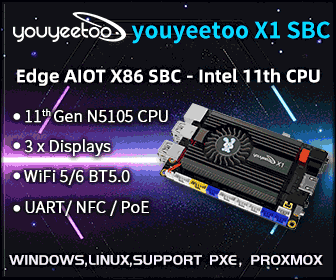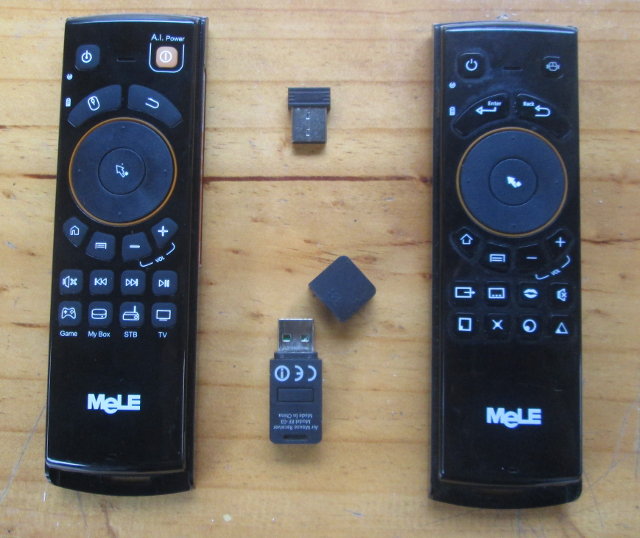Vigekwear is a Modularized, Open source, Wearable BLE Development Kit (Crowdfunding)
[Update: Atomwear has been renamed to Vigekwear due to (Intel’s) copyrights infringement]. Giayee is a company mainly manufacturing Android tablets, thin clients, and mini PCs, but their latest product, called Atomwear, is a Bluetooth Low Energy (BLE) development kit based on Nordic nRF51822 chipset that comes with various modules such as battery charger, accelerometer, gyroscope, OLED display, heart rate monitor, etc… which connect together via 24-pin connector on a standard rigid baseboard or a flexible printed circuit (FPC). All modules are connected via the same 24-pin connector with power, I2C, SPI, UART, ADC, and GPIOs signals. The baseboard and FPC both contain 6 such connectors connected in parallel for up to 6 modules, and two baseboard can be connected together via a bridge circuit to accept more modules. The minimum configuration is with a BLE MCU module, and a power module. The different boards and modules are listed as follows: […]







